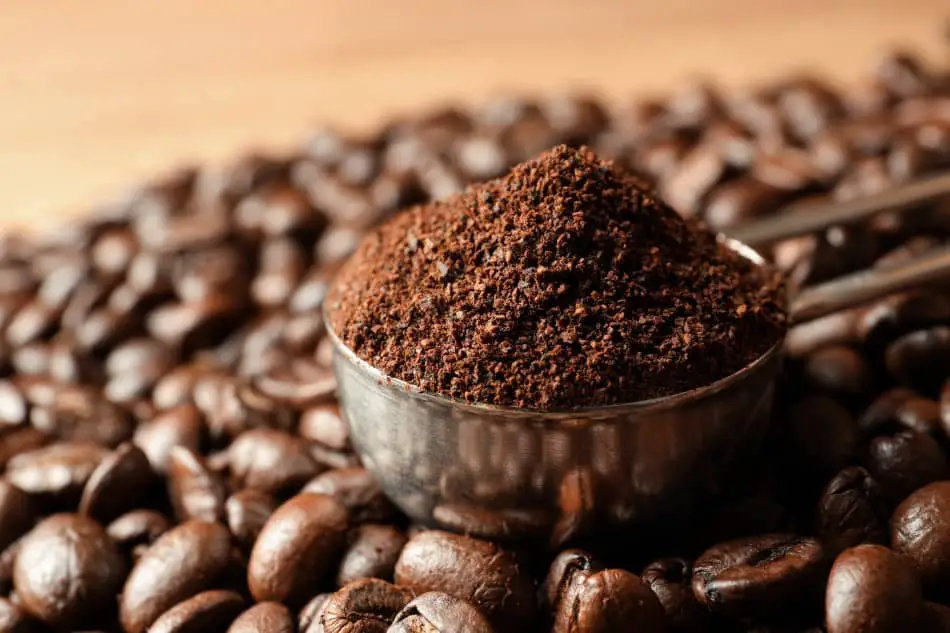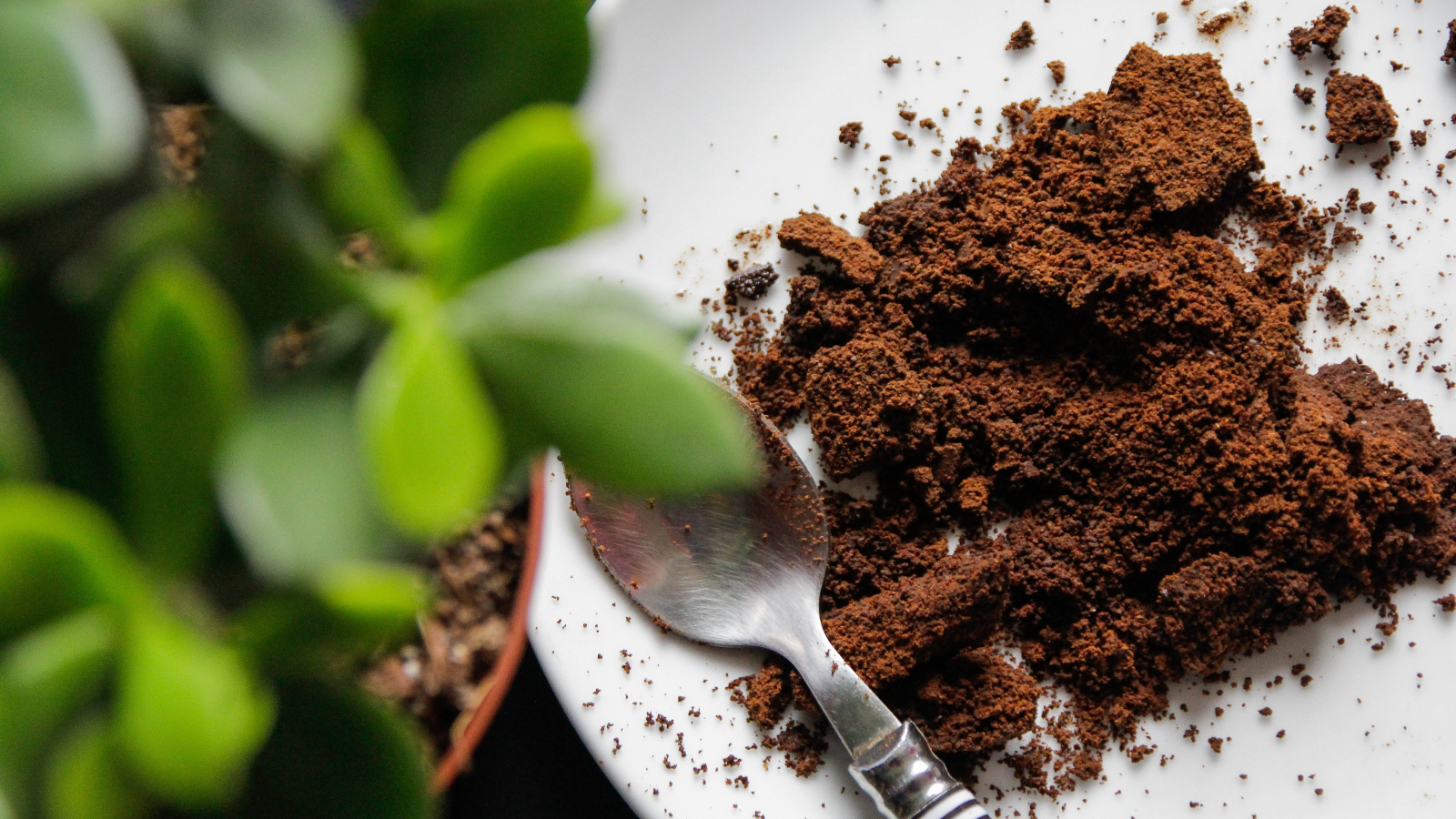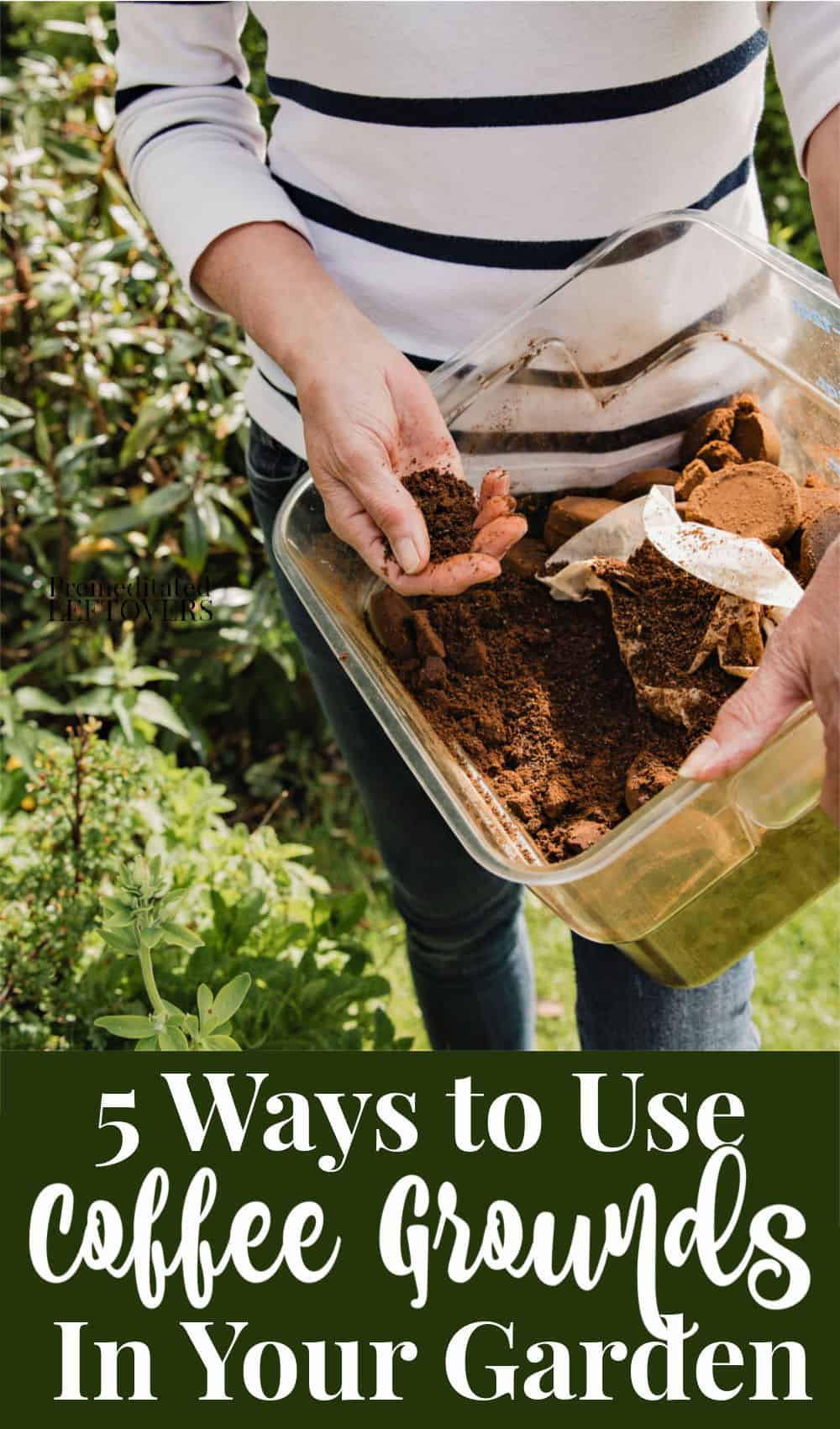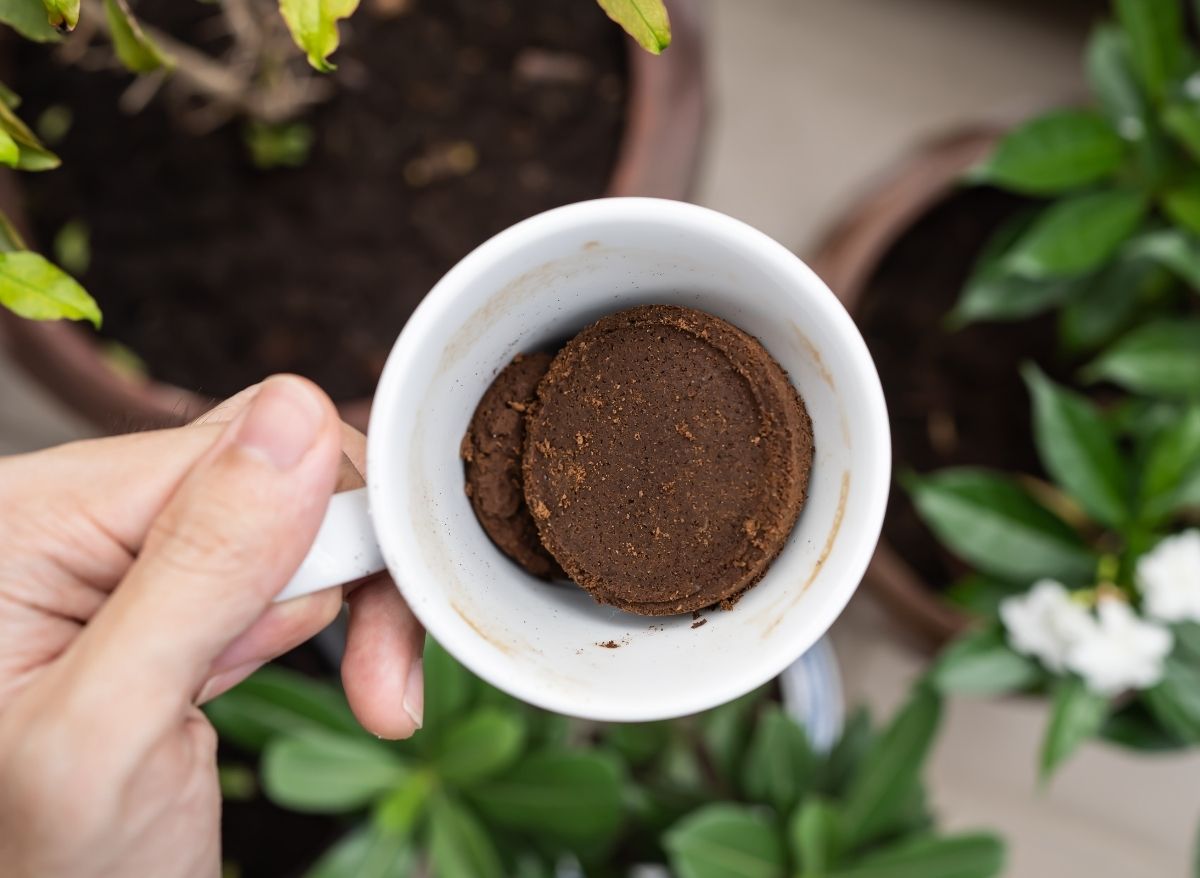Unlocking the Power of Coffee Grounds for Healthy Pepper Plants
Coffee grounds, a common household waste, have been found to be a valuable resource for gardeners, particularly those growing pepper plants. Using coffee grounds as a natural fertilizer for pepper plants has gained popularity in recent years due to its potential benefits for soil health and plant nutrition. By incorporating coffee grounds into their care routine, pepper plant enthusiasts can create a more sustainable and environmentally friendly gardening practice.
The use of coffee grounds for pepper plants is rooted in the concept of recycling and reusing organic materials. Coffee grounds are rich in nutrients such as nitrogen, phosphorus, and potassium, which are essential for plant growth. Additionally, coffee grounds have a pH level that is close to neutral, making them an ideal amendment for most soil types. By adding coffee grounds to the soil, pepper plants can benefit from improved nutrient uptake, increased water retention, and enhanced soil structure.
Pepper plants, in particular, can benefit from the use of coffee grounds due to their high nutrient requirements. As pepper plants grow, they require a constant supply of nutrients to produce fruit. Coffee grounds can provide a slow release of nutrients, reducing the need for synthetic fertilizers and minimizing the risk of over-fertilization. Furthermore, the antioxidants and polyphenols present in coffee grounds may help to protect pepper plants from pests and diseases, promoting a healthier and more resilient plant.
While the benefits of using coffee grounds for pepper plants are clear, it is essential to note that this approach should be used in conjunction with other gardening practices. A balanced fertilizer regimen, proper soil preparation, and adequate watering are still necessary to ensure the optimal growth and health of pepper plants. However, by incorporating coffee grounds into their care routine, gardeners can create a more holistic and sustainable approach to gardening.
In the next section, we will explore the step-by-step process of using coffee grounds to supercharge pepper plant growth, including the ideal ratio of coffee grounds to soil and the best methods for application.
How to Use Coffee Grounds to Supercharge Your Pepper Plant Growth
To harness the benefits of coffee grounds for pepper plants, it’s essential to incorporate them into your care routine in a way that maximizes their potential. Here’s a step-by-step guide on how to use coffee grounds to supercharge your pepper plant growth:
Step 1: Collect and Dry Coffee Grounds
Coffee grounds can be collected from your daily coffee brewing routine or obtained from a local coffee shop. It’s crucial to dry the coffee grounds completely to prevent mold and bacterial growth. Spread the coffee grounds on a paper bag or tray and let them air dry for a few days.
Step 2: Mix Coffee Grounds with Soil
The ideal ratio of coffee grounds to soil is 1:10. Mix 1 part of dried coffee grounds with 10 parts of soil. This ratio allows for a slow release of nutrients and prevents over-fertilization. You can also mix coffee grounds with compost or other natural fertilizers for added benefits.
Step 3: Apply Coffee Grounds to Pepper Plants
There are several ways to apply coffee grounds to pepper plants. You can sprinkle the coffee grounds mixture around the base of the plants, mix it into the soil during transplanting, or use it as a mulch. Avoid applying coffee grounds directly to the leaves or stems of the plants, as this can cause burning.
Step 4: Monitor and Adjust
Monitor your pepper plants’ response to the coffee grounds and adjust the application ratio as needed. If you notice any signs of over-fertilization, such as yellowing leaves or stunted growth, reduce the amount of coffee grounds used.
By following these steps, you can harness the power of coffee grounds to supercharge your pepper plant growth. Remember to use coffee grounds in conjunction with other gardening practices, such as proper soil preparation and adequate watering, to create a comprehensive and balanced care routine for your pepper plants.
In the next section, we’ll delve into the science behind how coffee grounds benefit pepper plants, including the release of nutrients, improved soil structure, and the potential for increased pest resistance.
The Science Behind Coffee Grounds and Pepper Plant Nutrition
Coffee grounds are a rich source of nutrients, including nitrogen, phosphorus, and potassium, which are essential for pepper plant growth. When added to the soil, coffee grounds undergo a process called decomposition, where microorganisms break down the organic matter into a form that can be easily absorbed by the plants.
The release of nutrients from coffee grounds is a slow process, providing a steady supply of nutrients to the pepper plants over an extended period. This slow release of nutrients helps to promote healthy plant growth, increases fruit production, and enhances the overall flavor and quality of the peppers.
Coffee grounds also improve soil structure, increasing the soil’s water-holding capacity and aeration. This allows pepper plants to absorb water and nutrients more efficiently, reducing the risk of waterlogged soil and root rot. Additionally, the improved soil structure promotes healthy root growth, enabling pepper plants to absorb more nutrients and water.
Furthermore, coffee grounds have been shown to have a positive impact on soil microbiology, increasing the population of beneficial microorganisms that help to break down organic matter and fight off plant diseases. This can lead to a reduction in the use of chemical pesticides and fertilizers, creating a more sustainable and environmentally friendly gardening practice.
The potential for increased pest resistance is another benefit of using coffee grounds for pepper plants. The antioxidants and polyphenols present in coffee grounds have been shown to have a negative impact on certain pests, such as aphids and whiteflies, reducing the risk of infestation and promoting a healthier plant.
By understanding the science behind coffee grounds and pepper plant nutrition, gardeners can harness the full potential of this natural fertilizer to promote healthy plant growth, increase fruit production, and create a more sustainable gardening practice.
In the next section, we’ll explore tips on how to maximize the benefits of using coffee grounds for pepper plants, including mixing with other natural fertilizers, using as a mulch, and incorporating into a compost pile.
Maximizing the Benefits of Coffee Grounds for Pepper Plants
To get the most out of using coffee grounds for pepper plants, it’s essential to consider a few tips and tricks. By incorporating these strategies into your gardening routine, you can maximize the benefits of coffee grounds and create a thriving and productive pepper plant garden.
Mixing with Other Natural Fertilizers
Coffee grounds can be combined with other natural fertilizers to create a comprehensive and balanced fertilizer regimen for pepper plants. Some popular options include compost tea, worm castings, and fish emulsion. By mixing these fertilizers with coffee grounds, you can create a nutrient-rich soil amendment that promotes healthy plant growth and fruit production.
Using as a Mulch
Coffee grounds can also be used as a mulch to retain moisture, suppress weeds, and regulate soil temperature. Simply spread a layer of coffee grounds around the base of your pepper plants, and replenish as needed. This will help to create a healthy and productive growing environment for your pepper plants.
Incorporating into a Compost Pile
If you have a compost pile, you can incorporate coffee grounds into the mix to create a nutrient-rich compost that’s perfect for pepper plants. Simply add the coffee grounds to the compost pile, along with other organic materials like leaves, grass clippings, and vegetable scraps. This will help to create a balanced and diverse compost that promotes healthy plant growth.
Timing is Everything
The timing of coffee ground application is also crucial. For best results, apply coffee grounds to your pepper plants during the growing season, when the plants are actively producing fruit. This will help to provide a boost of nutrients and promote healthy plant growth.
By following these tips and tricks, you can maximize the benefits of coffee grounds for pepper plants and create a thriving and productive garden. Whether you’re a seasoned gardener or just starting out, using coffee grounds as a natural fertilizer is a simple and effective way to promote healthy plant growth and fruit production.
In the next section, we’ll explore common mistakes to avoid when using coffee grounds for pepper plants, including over-application, poor soil mixing, and neglecting pH levels.
Common Mistakes to Avoid When Using Coffee Grounds for Pepper Plants
While using coffee grounds as a natural fertilizer for pepper plants can be a highly effective approach, there are some common mistakes to avoid in order to get the most out of this method. By being aware of these potential pitfalls, you can ensure that your pepper plants receive the benefits of coffee grounds without any negative consequences.
Over-Application
One of the most common mistakes to avoid when using coffee grounds for pepper plants is over-application. Too much coffee grounds can lead to an overabundance of nutrients in the soil, which can cause more harm than good. This can result in burned roots, stunted growth, and reduced fruit production. To avoid this, start with a small amount of coffee grounds and gradually increase the amount as needed.
Poor Soil Mixing
Another mistake to avoid is poor soil mixing. Coffee grounds should be thoroughly mixed into the soil to ensure that the nutrients are evenly distributed. If the coffee grounds are not mixed in properly, they can form clumps and reduce the effectiveness of the fertilizer. To avoid this, mix the coffee grounds into the soil at a depth of 2-3 inches, and then water thoroughly to settle the soil.
Neglecting pH Levels
Coffee grounds can affect the pH levels of the soil, so it’s essential to monitor the pH levels regularly. If the pH levels become too high or too low, it can negatively impact the health of the pepper plants. To avoid this, test the pH levels of the soil regularly, and adjust the amount of coffee grounds accordingly.
Not Considering Soil Type
Finally, it’s essential to consider the type of soil you have when using coffee grounds as a fertilizer. Coffee grounds can be more effective in certain types of soil, such as acidic or alkaline soils. To avoid this, test the type of soil you have, and adjust the amount of coffee grounds accordingly.
By avoiding these common mistakes, you can ensure that your pepper plants receive the benefits of coffee grounds without any negative consequences. In the next section, we’ll explore real-life examples of successful coffee ground use for pepper plants.
Real-Life Examples of Successful Coffee Ground Use for Pepper Plants
While the benefits of using coffee grounds for pepper plants are well-documented, it’s always helpful to see real-life examples of gardeners who have successfully used this approach. Here are a few case studies of gardeners who have used coffee grounds to improve the health and productivity of their pepper plants.
Case Study 1: Increased Fruit Production
A gardener in California used coffee grounds to fertilize her pepper plants and reported a significant increase in fruit production. She mixed 1 cup of coffee grounds into the soil around each plant and watered thoroughly. Within a few weeks, she noticed a significant increase in the number of peppers produced by each plant.
Case Study 2: Improved Soil Health
A gardener in New York used coffee grounds to improve the soil health of his pepper plants. He mixed 2 cups of coffee grounds into the soil and covered it with a layer of compost. Within a few months, he noticed a significant improvement in the soil’s structure and fertility, which led to healthier and more productive pepper plants.
Case Study 3: Reduced Pest Problems
A gardener in Florida used coffee grounds to reduce pest problems in her pepper plants. She mixed 1 cup of coffee grounds into the soil around each plant and watered thoroughly. Within a few weeks, she noticed a significant reduction in the number of pests, such as aphids and whiteflies, that were affecting her pepper plants.
These case studies demonstrate the potential benefits of using coffee grounds for pepper plants. By incorporating coffee grounds into your gardening routine, you can improve soil health, increase fruit production, and reduce pest problems. In the next section, we’ll discuss the potential benefits of combining coffee grounds with other natural fertilizers for optimal results.
Combining Coffee Grounds with Other Natural Fertilizers for Optimal Results
While coffee grounds can be a highly effective natural fertilizer for pepper plants, combining them with other natural fertilizers can create a comprehensive and balanced fertilizer regimen. By combining coffee grounds with other natural fertilizers, you can create a fertilizer blend that provides a wide range of nutrients and benefits for your pepper plants.
Compost Tea
Compost tea is a liquid solution made by steeping compost in water. It’s a rich source of beneficial microbes and nutrients that can help to promote healthy plant growth. By combining coffee grounds with compost tea, you can create a fertilizer blend that provides a boost of nutrients and beneficial microbes for your pepper plants.
Worm Castings
Worm castings, also known as vermicompost, are a natural fertilizer made by worms as they break down organic matter. They’re a rich source of nutrients and beneficial microbes that can help to promote healthy plant growth. By combining coffee grounds with worm castings, you can create a fertilizer blend that provides a boost of nutrients and beneficial microbes for your pepper plants.
Other Natural Fertilizers
There are many other natural fertilizers that can be combined with coffee grounds to create a comprehensive and balanced fertilizer regimen. Some examples include fish emulsion, bone meal, and alfalfa meal. By combining these natural fertilizers with coffee grounds, you can create a fertilizer blend that provides a wide range of nutrients and benefits for your pepper plants.
Benefits of Combining Coffee Grounds with Other Natural Fertilizers
Combining coffee grounds with other natural fertilizers can provide a number of benefits for your pepper plants. These benefits include:
Improved nutrient uptake: By combining coffee grounds with other natural fertilizers, you can create a fertilizer blend that provides a wide range of nutrients for your pepper plants.
Increased beneficial microbes: Combining coffee grounds with other natural fertilizers can help to promote the growth of beneficial microbes in the soil, which can help to support healthy plant growth.
Improved soil structure: Combining coffee grounds with other natural fertilizers can help to improve the structure of the soil, which can help to support healthy plant growth.
In the next section, we’ll summarize the key takeaways from the article and encourage readers to try using coffee grounds as a natural fertilizer for their pepper plants.
Conclusion: Harnessing the Power of Coffee Grounds for Thriving Pepper Plants
In conclusion, using coffee grounds as a natural fertilizer for pepper plants is a simple and effective way to promote healthy plant growth and increase fruit production. By incorporating coffee grounds into your pepper plant care routine, you can improve soil health, increase nutrient uptake, and reduce the risk of pests and diseases.
Throughout this article, we’ve explored the benefits of using coffee grounds for pepper plants, including improved soil health, increased nutrient uptake, and the potential for increased pest resistance. We’ve also discussed how to use coffee grounds to supercharge your pepper plant growth, including the ideal ratio of coffee grounds to soil and the best methods for application.
In addition, we’ve highlighted common mistakes to avoid when using coffee grounds for pepper plants, such as over-application, poor soil mixing, and neglecting pH levels. We’ve also shared real-life examples of successful coffee ground use for pepper plants, demonstrating the potential benefits of this approach.
Finally, we’ve discussed the potential benefits of combining coffee grounds with other natural fertilizers, such as compost tea or worm castings, to create a comprehensive and balanced fertilizer regimen for pepper plants.
By harnessing the power of coffee grounds for your pepper plants, you can create a thriving and productive garden that produces delicious and nutritious peppers all season long. So why not give it a try? Start incorporating coffee grounds into your pepper plant care routine today and see the benefits for yourself!







